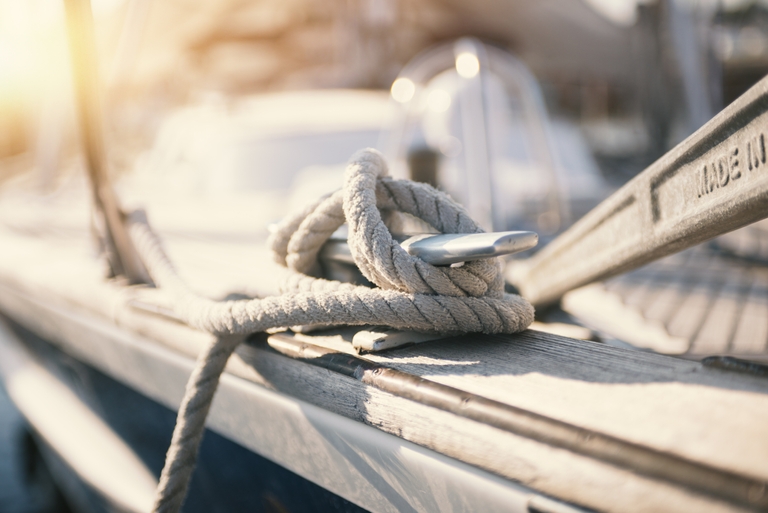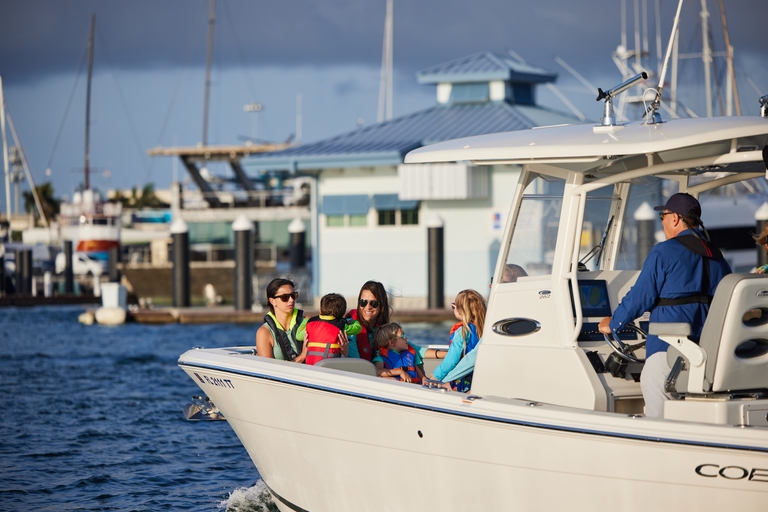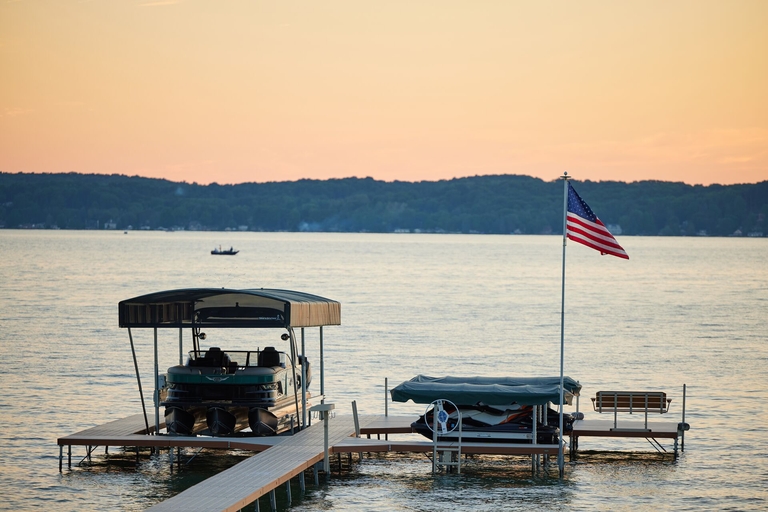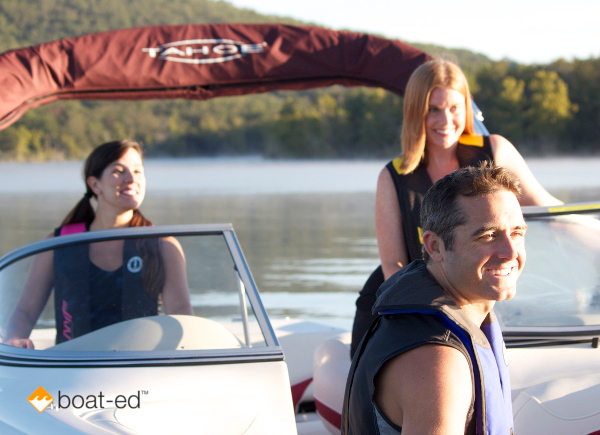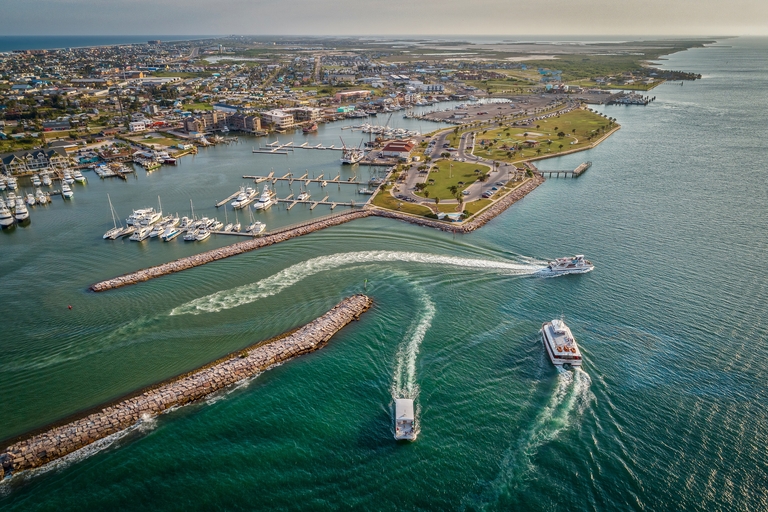Understanding the 6 Seconds Before a Boating Accident
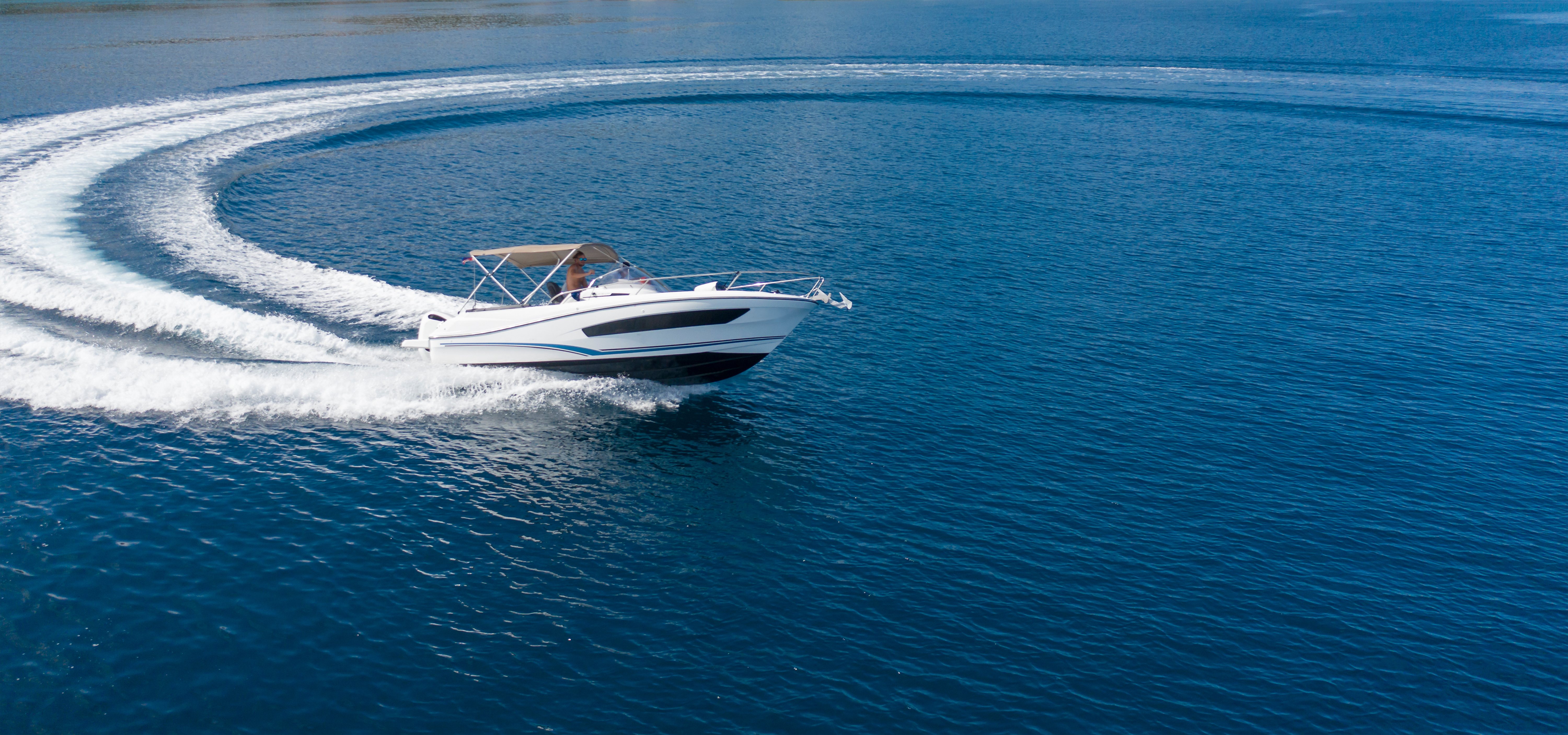
Have you ever made a mistake and thought about the decisions leading up to it? It's almost like you're going through a movie frame by frame – dissecting how you could have done something differently.
After a boating accident, participants, spectators, and investigators wonder what happened and how it could have been prevented. The seconds before a boating accident go quickly but might seem like they move in slow motion.
Even though you cannot recover the lost seconds, let's take a look at how those seconds come together. We'll also talk about how to prevent a boating accident with safety education and staying alert whenever you hit the water.
Stage 1: Recognition (2 Seconds)
Prior to this stage, you were in complete control of your vessel.
However, as recognition sets in, you realize you're about to lose control and head toward an oncoming vessel, obstruction, or storm. When you lose control of the boat, you'll also lose the ability to keep your passengers on board.
Although this is only the first part of the few seconds before a boating accident, some are not fortunate enough to see an accident coming and have little time to think about the impending danger. However, if you do have enough time and can act quickly, your next stage should be taking evasive measures to prevent a collision or accident.
Stage 2: Panic (1 Second)
Panic is a primary emotion most boaters feel right before an accident. At this stage, you're trying to think of a way to avoid the accident.
On the outside, you may seem frozen as you try to recall what you learned in your boating safety class. However, basic instinct will snap you back to reality so you can attempt to avoid the accident or lessen the effects.
In the "panic" stage, you know something is wrong, and even if you can't process it completely – you know you have to do something.
Stage 3: Reaction (2 Seconds)
You are in survival mode. However, reactions take different forms.
You may grab onto a rail to brace for impact, spin the wheel to avoid impact, or throttle down. You might also call out to your passengers or the oncoming watercraft to brace for impact or get out of the way.
If you acted quickly enough, you were able to avoid a collision or losing anyone overboard as a result of your evasive maneuver. However, two seconds isn't very long. If your action can't prevent the collision, you're now in the next stage of a boating accident.
Stage 4: Acceptance (1 Second)
At this point, you're hoping you and your crew can escape with minimal injuries. You've accepted that you're about to be involved in an accident on the water.
Acceptance comes with a wave of emotions and various responses. Try to think as clearly as possible to prepare for the impact and its aftermath. Start thinking about how to remove yourself and your passengers from further harm.
Stage 5: Post-Boat-Accident Recovery
You've done what you could, but the accident occurred. Once it's over, accounting for everyone and attempting rescues or administering first aid is the first priority.
Calling for help is the next step. After a boating accident, the emotional and physical impacts set in. Your adrenaline subsides, and the reality of your situation becomes apparent. It's important to stay calm and act quickly to assess injuries, call for help, and assist your passengers and anyone on another boat involved in the collision who needs help.
Depending on the severity of a collision, you'll also need to file an accident report.
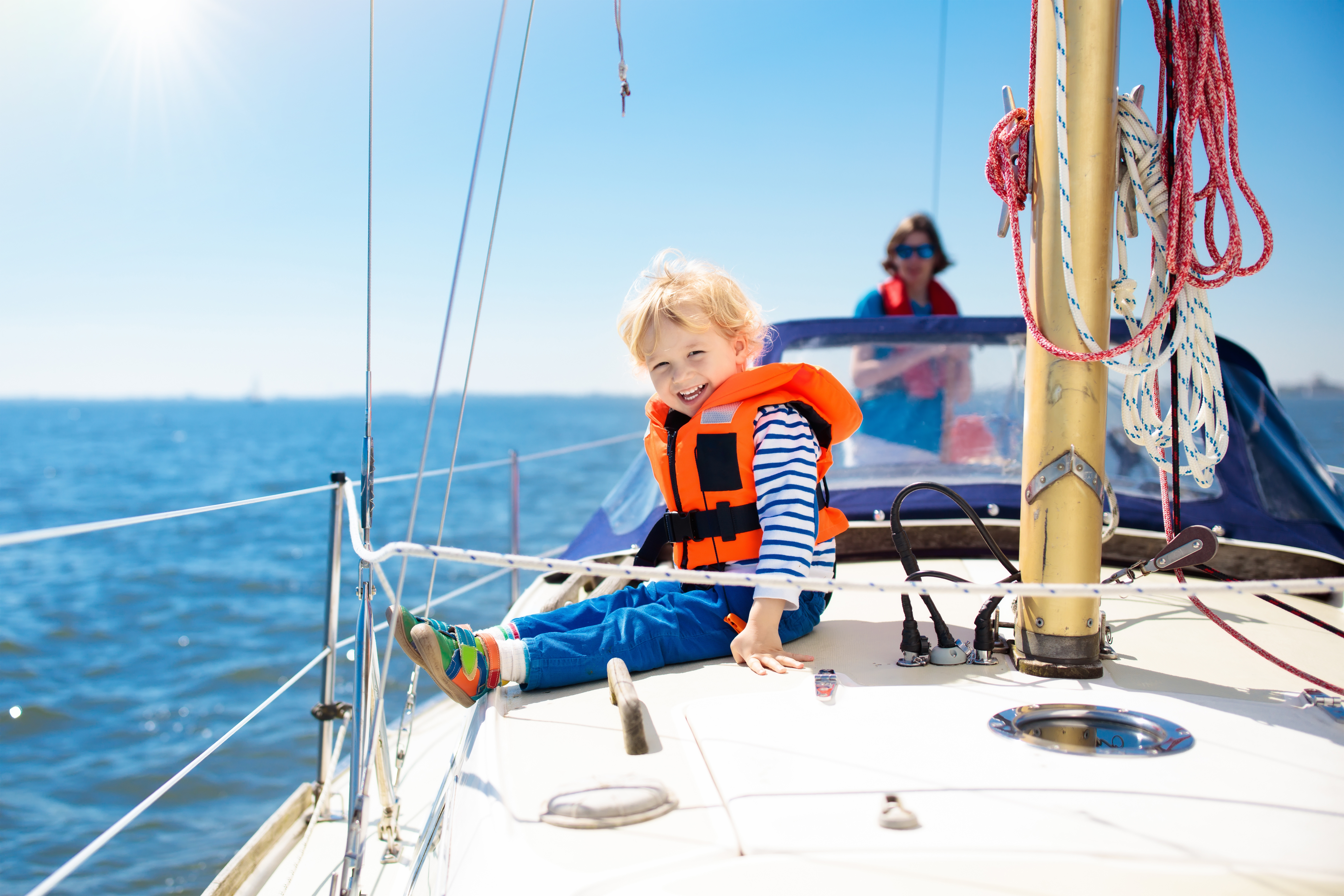
Prevent Boating Accidents With a Boater Safety Course
Like most problems, the best way to deal with a boating accident is to avoid having one. Our Boat-Ed boating safety courses teach you how to control your boat and be aware of other boats and surrounding conditions. You'll also learn what to do if something goes wrong and how to equip your boat with the right equipment to send a distress signal if needed.
Find your state's required course, or choose our course for Canadian boaters, then take the course and your exam online through Boat-Ed!
Originally published May 30, 2013. Content updated December 21, 2023.

